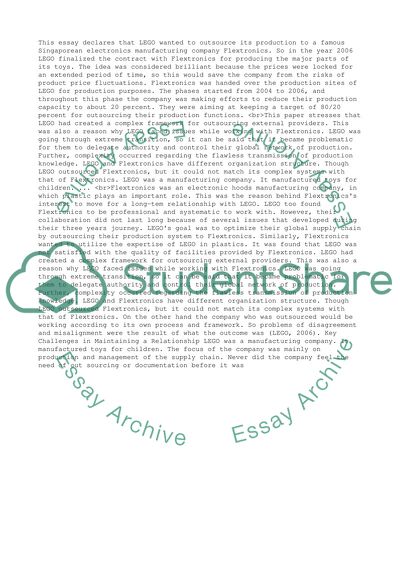Cite this document
(“LEGOs Expectations from Flextronics and Outcome Essay”, n.d.)
LEGOs Expectations from Flextronics and Outcome Essay. Retrieved from https://studentshare.org/business/1401060-legos-expectations-from-flextronics-and-outcome
LEGOs Expectations from Flextronics and Outcome Essay. Retrieved from https://studentshare.org/business/1401060-legos-expectations-from-flextronics-and-outcome
(LEGOs Expectations from Flextronics and Outcome Essay)
LEGOs Expectations from Flextronics and Outcome Essay. https://studentshare.org/business/1401060-legos-expectations-from-flextronics-and-outcome.
LEGOs Expectations from Flextronics and Outcome Essay. https://studentshare.org/business/1401060-legos-expectations-from-flextronics-and-outcome.
“LEGOs Expectations from Flextronics and Outcome Essay”, n.d. https://studentshare.org/business/1401060-legos-expectations-from-flextronics-and-outcome.


